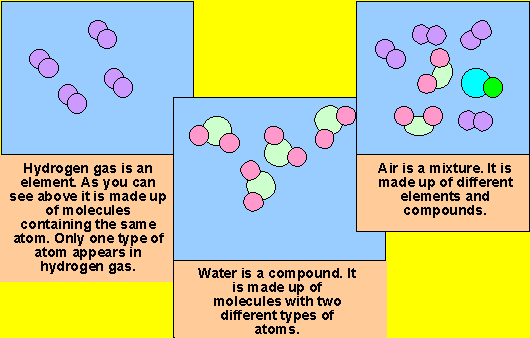


In the text below, we will be using the term 'atomic mass' instead of 'mass number', because it is a more correct description of the 'larger number' that usually appears on the Periodic Table. The reason why it is important not to conflate the two concepts, mass number and average atomic mass, is because this manifests as a misconception at the higher levels, when it becomes important for learners to know the difference between them. The average atomic mass is a number that takes into account the masses of all the different isotopes of a given element AND the proportion in which each is found in the natural state of that element. Hence, it would not make sense to indicate the mass number on the table, as the mass number is different for each different isotope of a chemical element. Isotopes are variants of a particular chemical element: while all isotopesĪ given element share the same number of protons and electrons, each isotope differs from the others in its number of neutrons. All elements exist as two or more isotopes. To understand the subtle but significant difference between mass number and average atomic mass, we need to provide some background: At this point the learners are under the impression that all atoms of a given element are identical. The larger number usually indicated on the table is NOT the mass number (defined as the sum of the number of protons and the number of neutrons), but rather the average atomic mass (this number is usually rounded to the nearest whole number, or to one decimal place). An important issue to note is that, according to CAPS: "each element on the Periodic Table (in its own block) has an atomic number (smaller number), mass number (larger number), name and symbol".Imply that the exact position of each of the 20 elements on the table is not examinable. CAPS does not require that learners memorise the atomic number of each element, which would It is an expectation of CAPS that learners should know the names and formulae of the first 20 elements on the table (as well as Fe, Cu and Zn).This does not, however, alter the positions of the elements on the table, which are fixed.

The idea is that learners should realise that information on the table can be added or taken away, depending on the purpose for which it will be used. Learners will be exposed to different formats of the Periodic Table. You could discuss the Periodic Table being a classification table of the elements an organising framework which helps us understand their properties, and their similarities and differences. New information includes the terms Group and Period and the observation that elements from the same group exhibit similar chemical behaviour.This is followed by a section on the Periodic Table, first introduced in Gr.This chapter starts with a review of the main concepts surrounding Compounds, covered in Gr.


 0 kommentar(er)
0 kommentar(er)
